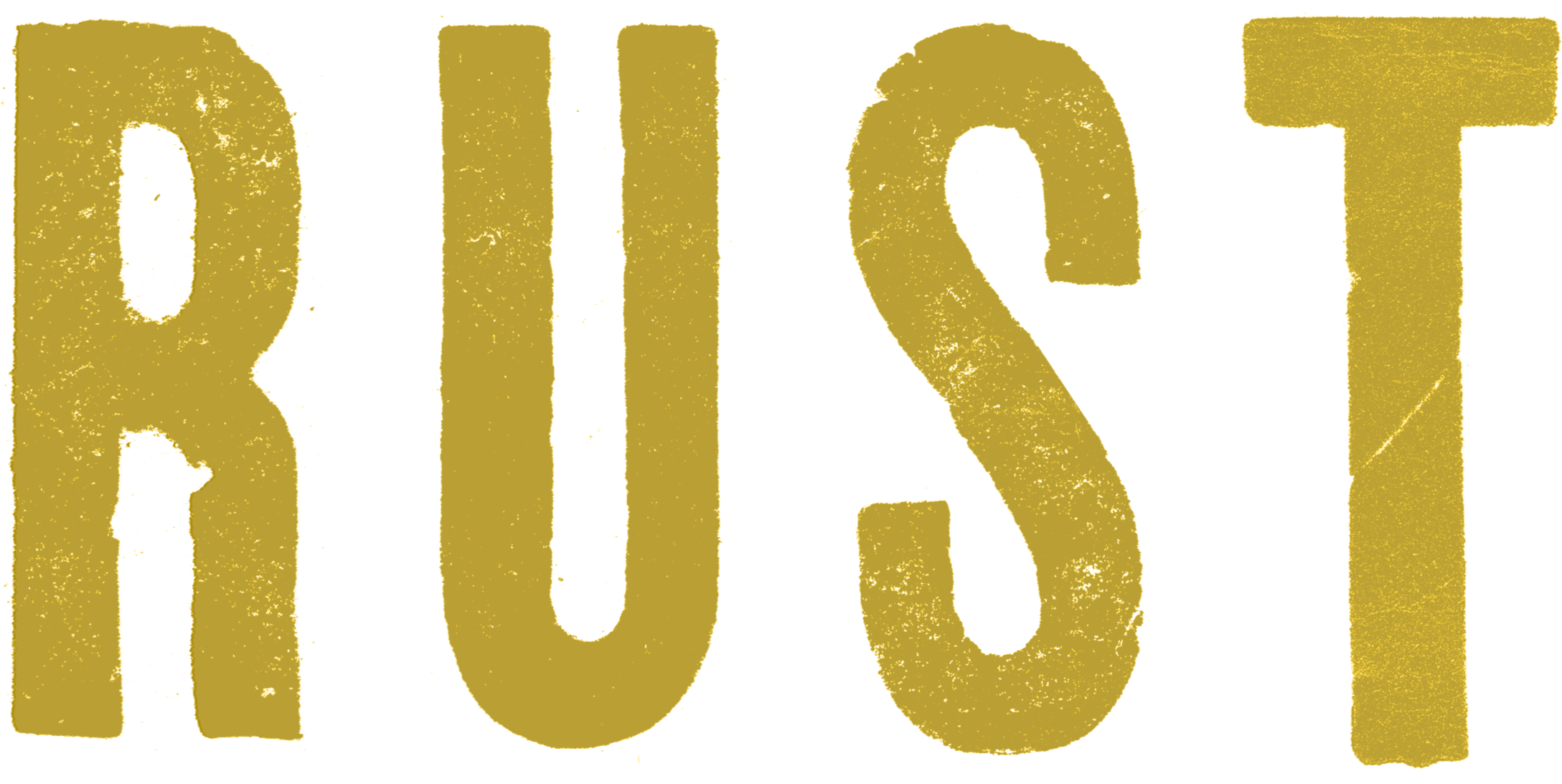Eifel Geared Plierench: Part Two
We have printed the catalog for the Eifel Geared Plierench in its entirety in the hopes that you will enjoy learning about all the applications to which this amazing tool can be put. The graphics of the catalog are another element to be enjoyed. They were done by a commercial artist at a time without computers or artificial intelligence.
Words: Jerry Blanchard
Master Craftsman Jerry Blanchard has been researching the Eifel Geared Plierench and has come up with some new information on this wonderful tool. You can read his previous article in the Gear section of this magazine. Ed.
I wrote earlier in Rust Magazine-Sacramento about the Eifel Geared Plierench, and have since that time learned some additional information about the excellent pliers.
A vintage catalog from the Eifel Co. says the Eifel Geared Plierench was patented in 1916 and first came on the market in 1921. The first models were marked EIFEL FLASH PLIERENCH and marketed by the Flash Corporation of Chicago, and were forged in a slightly different manner than later models, though the geared mechanism design is basically the same.
The Flash pliers have the trademark lettering hot forged rather deeply in recessed panels into each plier. I have seen one Flash plier marked EIFEL-FLASH PLIERENCH 8-1/2- B-22. My guess is 22 is the date of manufacture. Also hot forged into a recessed panel of the handle of the B-22 plier on the same side as the marking noted above is TOOL STEEL.
On the opposite side of the plier is hot forged in two recessed panels: THE FLASH SALES CORP’N-CHICAGO PAT. MAY 2, 1916 , and on the handle GUARANT’D. Instead of a pin holding the coil spring, there is a flat head screw. The screw appears to be original to the plier, and it makes sense to use a screw, which would make installing a new spring very easy. I have seen only one Flash plier marked that way and having the screw.
Most other Flash pliers are marked EIFEL FLASH PLIERENCH PAT 5 2 16 in the larger recessed panel, and in the smaller panel on the handle is hot forged: FLASHLS CHICAGO. The opposite side of the later model Flash pliers are not marked. I am not sure yet when the change in wording took place on the Eifel Flash pliers.
The new models of pliers made in 1933 and later are marked MADE IN U.S.A. BY AMER. PLIERENCH CORP’N CHICAGO, ILL. and most are smooth on both sides with the lettering impressed more lightly into the steel and not in recessed panels.
One source on the Internet (Practical Machinist) says the change to the new design took place in 1933. Starting in 1933 and continuing on into at least the 1950’s, the date of manufacture was stamped into each plier. I have seen both 7 inch and 8-1/2 inch Eifel Geared Plierench pliers made in 1933.. The 7-inch size plier was introduced in 1933 and is rarer than the 8-1/2 inch size.
I have seen 8-1/2 inch pliers made in 1939, 1940, 1941and 1942 marked with FORGED-CHROM-MOLBDNM ALLOY on the same side as the trademark, date, and pricing information.
I just purchased an 8-1/2 inch plier made in 1936 that is marked in three lines of lettering: Forged Chrom-Molly! Alloy on the opposite side of the pliers from where the trademark and date and price information is punched. The lettering style on the trademark side of the 1936 pliers is a bit different than later pliers: the Eiffel Geared Plierench lettering is underlined and is in both capital and lower case lettering. Pliers made in later years have that lettering in capitals without underlining. I am not sure when the change in marking was made, but my 1939 pliers have capital lettering without underlining. .
I have pliers made in 1943, and they do not have the chrome molybdenum marking. I have not yet seen pliers made in 1937 or 1938 in order to know how they are marked. It may be the company always used chrome-molybdenum alloy steel and just changed the marking dies, or it could be the company only used chrome-moly alloy for a few years.
America entered WWII in early December of 1941, and perhaps the excellent chrome molybdenum alloys were needed for other purposes in the war effort and became unavailable to the plier company. Whatever alloy of steel the company used, it is hard and tough and well heat treated. I have a 7 inch Plierench made in 1947, and the steel can barely be cut with a sharp triangular saw file, and the file does not like it. My 1939 8-1/2 inch pliers are also hard and tough and can barely be filed.









